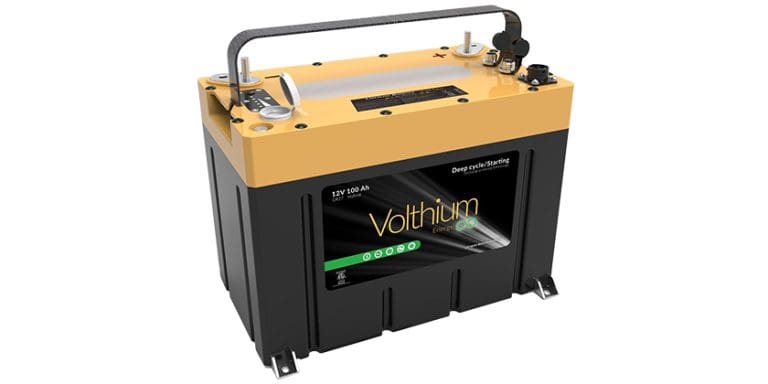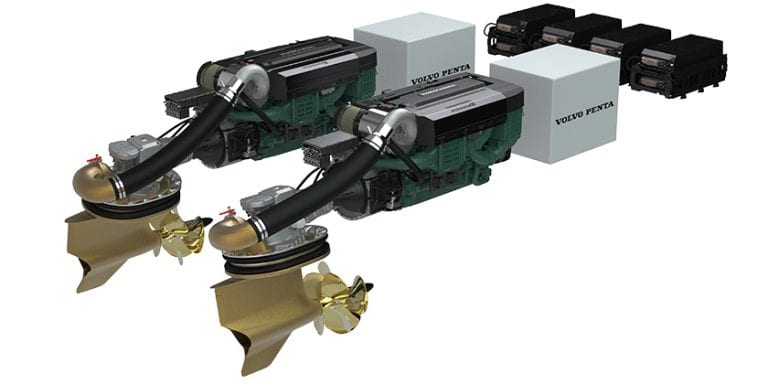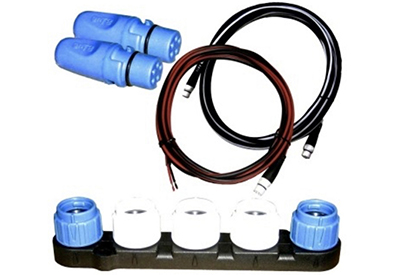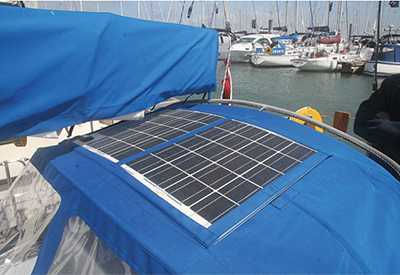Longer Battery Life Pt1 – How to get more years from your boat batteries

May 13, 2021
By John Connell, Vice President of SLI Products Group, Crown Battery Manufacturing
Your family is onboard and eager to cast off. What happens if your battery doesn’t start?
Early battery failure is costly and frustrating enough. But with a short boating season and unpredictable weather… if you lose a weekend, it hurts. Worse, battery problems can leave you stranded on the water — a safety hazard and a leading cause of tows.
Fortunately, anyone can extend their battery life. And it’s easier than you might think.
In this first article, you’ll learn how — from battery selection (if you’re replacing) to charging. Next time – maintenance, and storage strategies.
Together, these insights and best practices will deliver longer battery life — and more years of hassle-free boating.
Step 1: Decide which marine batteries you need
Marine starting batteries deliver high power for a short time — to crank engines. Afterward, the alternator recharges them. Starting batteries have thin plates (lead metal frames that hold energy-storing chemicals); their increased surface area provides more power for short bursts. For cold-weather boating, select batteries with a 500+ Cold Cranking Amps (CCA) rating.
Marine deep-cycle batteries deliver steady, longer-lasting power to accessories like radios, navigation and stereos. Usually recharged on land, they need reserve capacity. Deep-cycle batteries use fewer, thicker plates to provide longer-lasting energy and withstand high temperatures. To ensure performance, check your deep-cycle battery’s Reserve Capacity (how many minutes it can deliver 25 amps at 26.7°C (80°F) before discharging to 10.5 volts).
The wrong battery type will cost you more money and headaches.
You’ll improve performance and lower operating costs by using separate starting and deep-cycle batteries. Why? Because they’re engineered for different purposes.
Deep-cycle batteries can be deeply discharged and recharged often; starting batteries can overheat and lose capacity with constant use. Deep-cycle batteries won’t always deliver short bursts of high energy; starter batteries will.
And if electronics drain the battery, single-battery boats won’t start.
Dual-purpose batteries can work in limited applications. But they’re lower-performing for deep discharging (using more than 50% of capacity), and they may not conform to OE engine requirements for starting power. In certain applications, they can be effective.
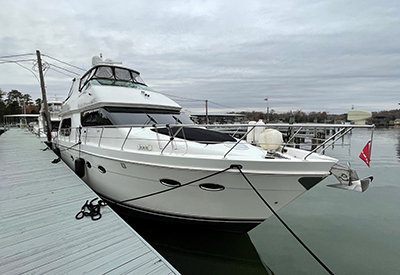 Step 2: Select the right batteries for your application
Step 2: Select the right batteries for your application
Proper engineering reduces the most common causes of early battery failure: motor vibration, heat swings, and high-rate discharge (severe cycling). Engineering is critical when running deep-cycle batteries in parallel; all batteries must be replaced if one fails.
Quality batteries help avoid pricey, early replacement — but poorly-engineered batteries cost a fortune; their non-durable components and assembly processes compromise lifespan.
Look for these features:
Gravity-casting (pouring metal into a grid mold) removes impurities and porosity. By comparison, cheaper-to-make stamped grids embed impurities, lowering performance and lifespan.
For deep-cycle batteries, thicker, heavier plates resist corrosion and hold more active material. More active material = more chemical reactions = more cycles.
Active material (recyclable lead and additives) stores energy. Skimping here reduces energy-storing capability and longevity.
3D separators fully wrap plates, providing additional protection against vibration wear and short-circuiting.
Robotic assembly includes cast-On-Strap welding, for 3,960 more adjustments than manual welding.
Automated quality control augments hand inspections for greater consistency.
NOTE: Always strap down batteries to minimize vibration-related damage.
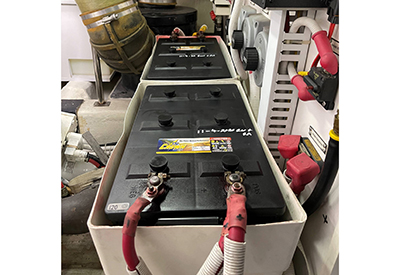 Step 3: Charge batteries properly
Step 3: Charge batteries properly
Charging makes or breaks batteries. These simple rules help:
Use the manufacturer-recommended charging curve.
Be sure your charger adjusts charging and equalization by measuring battery temperature. This prevents overheating, prolonging battery life.
Let your batteries reach room temperature before charging.
Most batteries should be charged between 10°C (50°F) and 30°C (86°F).
Don’t discharge batteries beyond 50%.
Charge batteries to 100% as often as possible.
Check charging temperature limits. Flooded lead-acid batteries can charge from -20°C (-4°F) to 50°C (122°F). Some lithium ion phosphate (LFP) batteries can void warranties or breach if charged below 0°C (32°F).
How to avoid running out of power
There’s no wall charger on the water. If your deep-cycle batteries are low, your options are limited:
Turn off your radio, accessories, lights, stereo, etc.
Return to dock
Call for a tow.
You need reserve power to maximize your safety and time on anchor. Always compare and size batteries based on 50% Depth of Discharge (DoD) for a safety margin — no matter the battery chemistry.
(DoD measures how low a battery can drain without hurting lifespan. At 70% DoD, a battery has 30% of its electricity remaining.)
Next time: battery maintenance made easy

